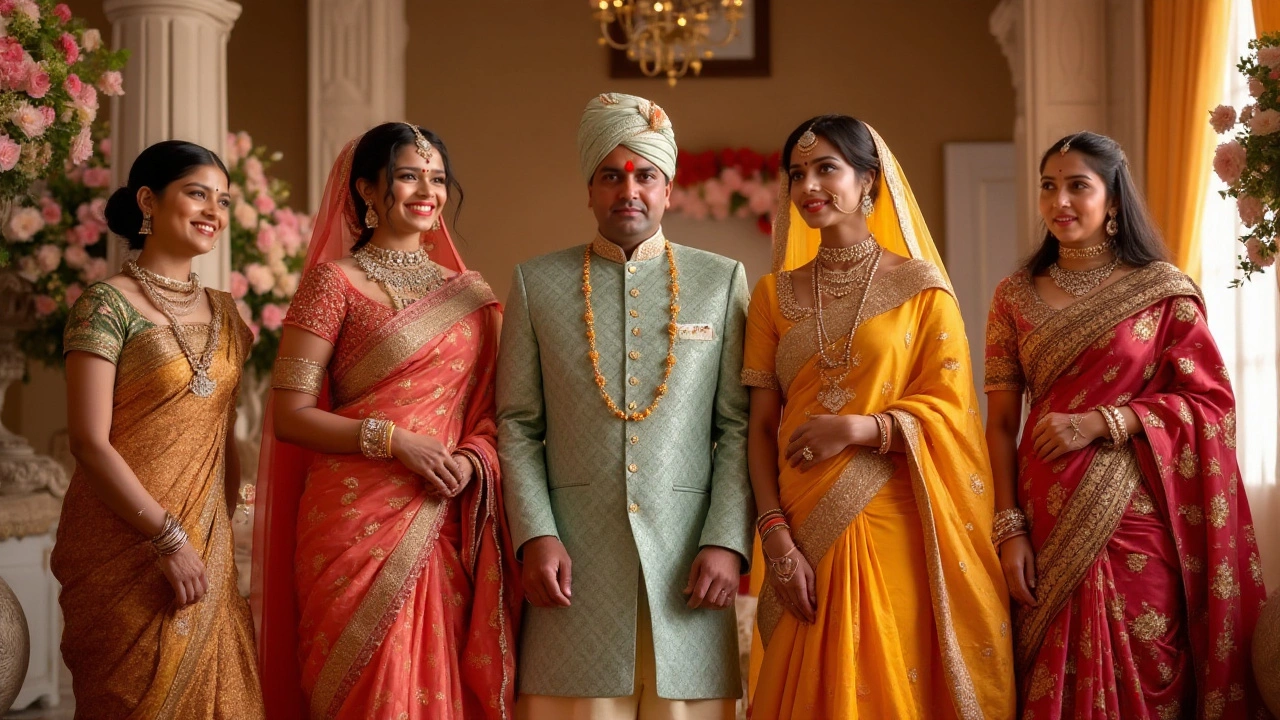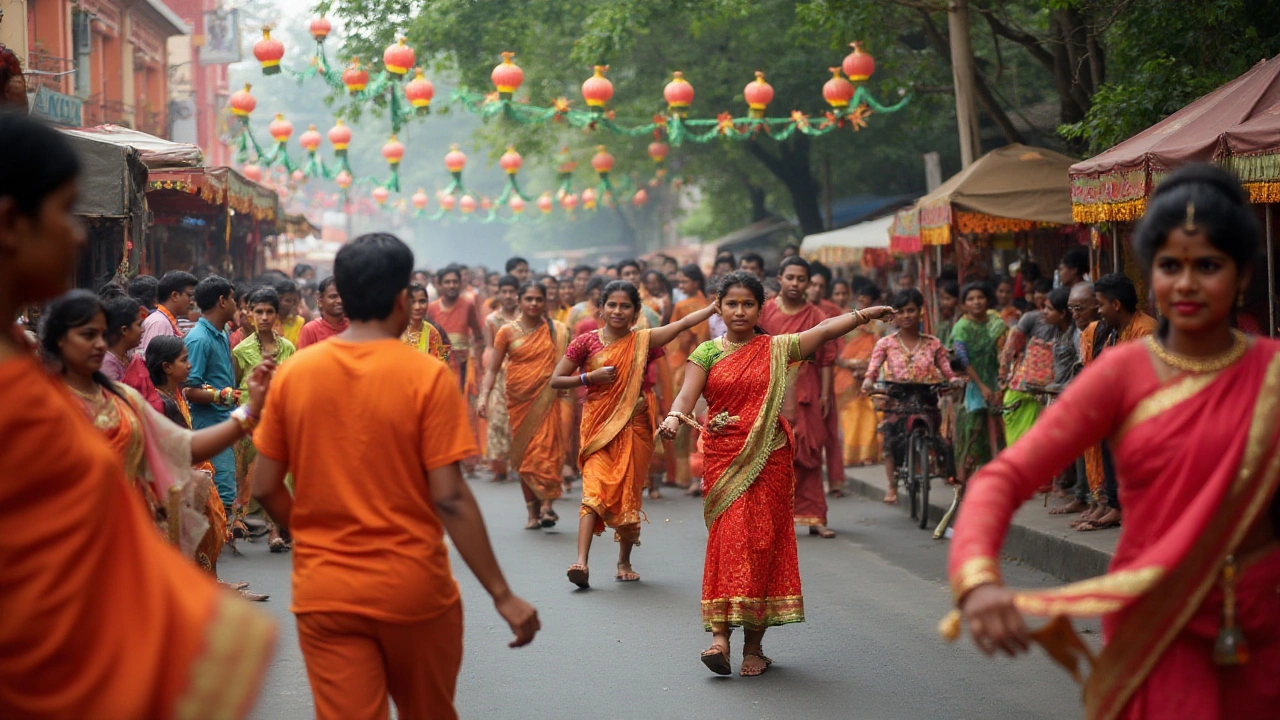Tamil Culture in 2024: Traditions, Etiquette, and Artistic Expressions
When you think of Tamil culture, the vibrant, ancient traditions of Tamil-speaking people in southern India and beyond. Also known as Tamil heritage, it Tamil identity, it lives in the rhythm of temple bells, the sway of silk sarees, and the words of centuries-old poetry. This isn’t just history—it’s daily life. In December 2024, the posts here reflect how Tamil customs continue to shape identity, even as they blend with modern realities. From how people dress to how they celebrate, every detail carries meaning.
Take traditional attire, the clothing worn during rituals, weddings, and festivals across South India. It’s not just fabric—it’s a language. The way a woman drapes her saree, the gold thread in a man’s veshti, even the color chosen for a festival—all speak to family, region, and occasion. You’ll find this theme echoed in articles about Indian bridal nose rings and dressing etiquette, where cultural respect is tied to how you wear your clothes. These aren’t fashion tips; they’re social codes passed down through generations.
Then there’s cultural etiquette, the unspoken rules that guide behavior in social and religious settings. It shows up in how you greet elders, how you enter a temple, even how you share food. The article on Bangladesh’s traditions reminds us that these rules aren’t unique to Tamil Nadu—they’re part of a broader South Asian fabric. But in Tamil homes, etiquette isn’t about being formal—it’s about showing care. A small gesture, like offering tea before speaking, holds weight. This same attention to detail appears in the way music is performed and how weddings are planned.
And music? It’s not background noise—it’s memory. Hindustani music, a classical tradition rooted in North Indian languages and spiritual practice. While it’s not Tamil in origin, its presence in broader Indian cultural discussions highlights how art forms cross borders. Tamil music has its own deep roots—Carnatic melodies, devotional songs in Tamil, temple drumming—but understanding how language shapes music elsewhere helps you appreciate how Tamil lyrics carry emotion in ways English never can.
You won’t find every Tamil festival here, or every dialect, or every family ritual. But what you will find are the threads that connect everyday actions to centuries of meaning. Whether it’s the nose ring that marks a bride’s new chapter, the way someone folds their dhoti before stepping into a shrine, or the quiet respect shown during a morning prayer—these aren’t random acts. They’re cultural anchors.
What follows are real stories from December 2024—articles that don’t just describe tradition, but show you how it’s lived. You’ll see how people balance old ways with new lives, how symbols still matter, and why getting the details right isn’t about perfection—it’s about belonging.
Hindustani classical music, a profound art form from northern India, uses several languages, each lending a unique charm and expression. Predominantly, songs are composed in languages such as Hindi, Urdu, Braj Bhasa, and Awadhi, reflecting the cultural diversity of the region. This musical tradition, deeply intertwined with historical and spiritual elements, serves as a conduit for storytelling and emotional expression. Through this article, we explore the significance of language in this genre, how it influences performances, and its role in preserving cultural heritage.



